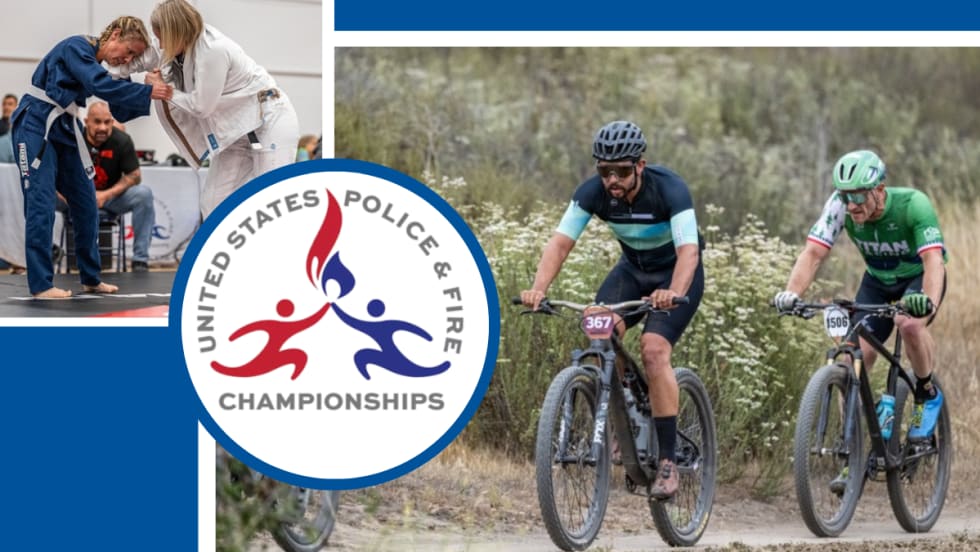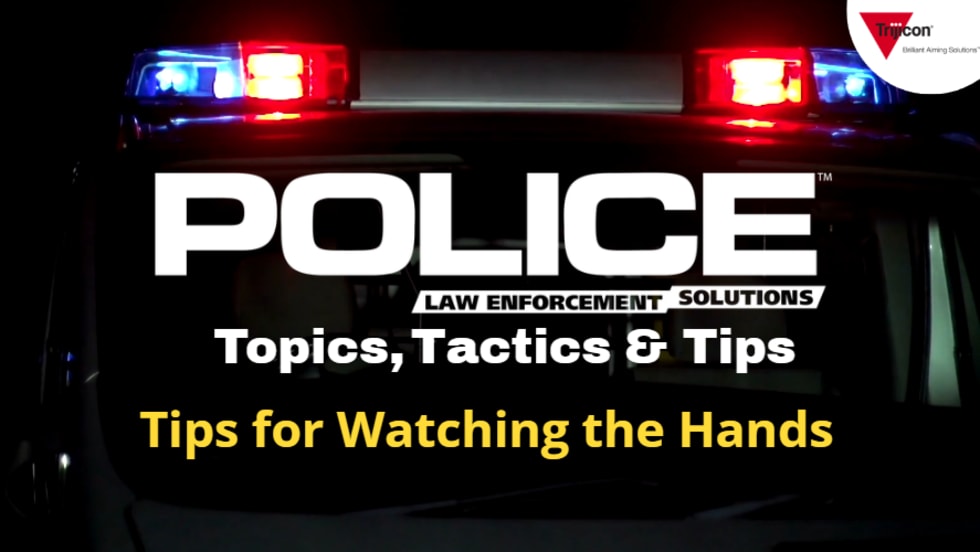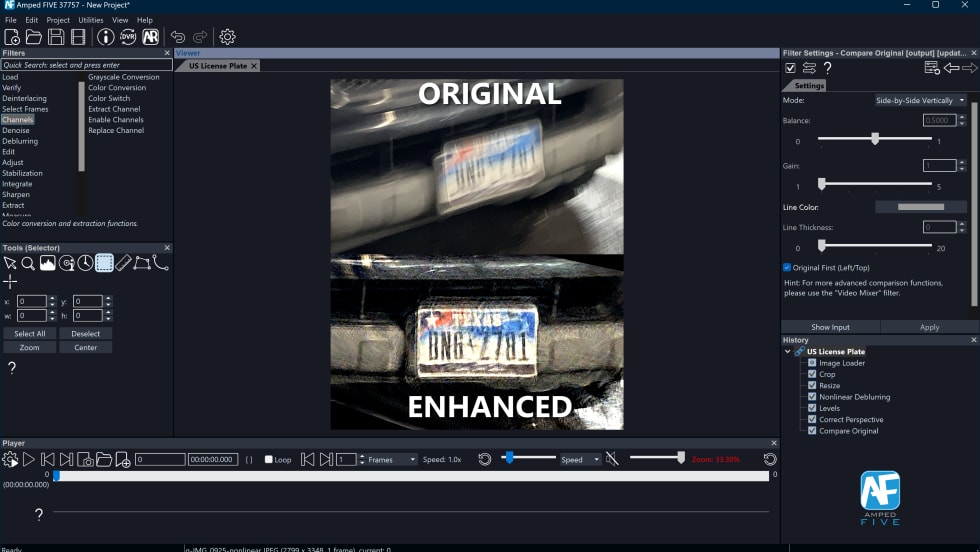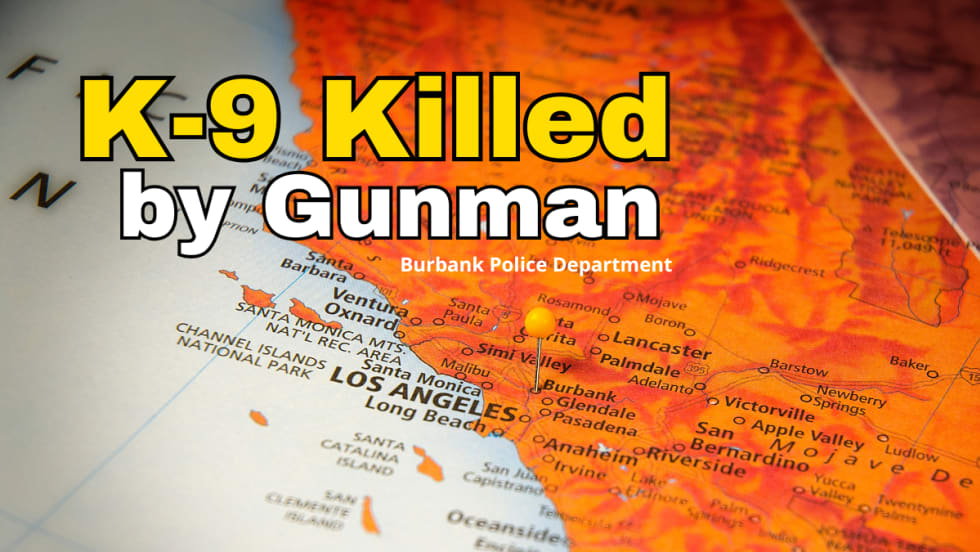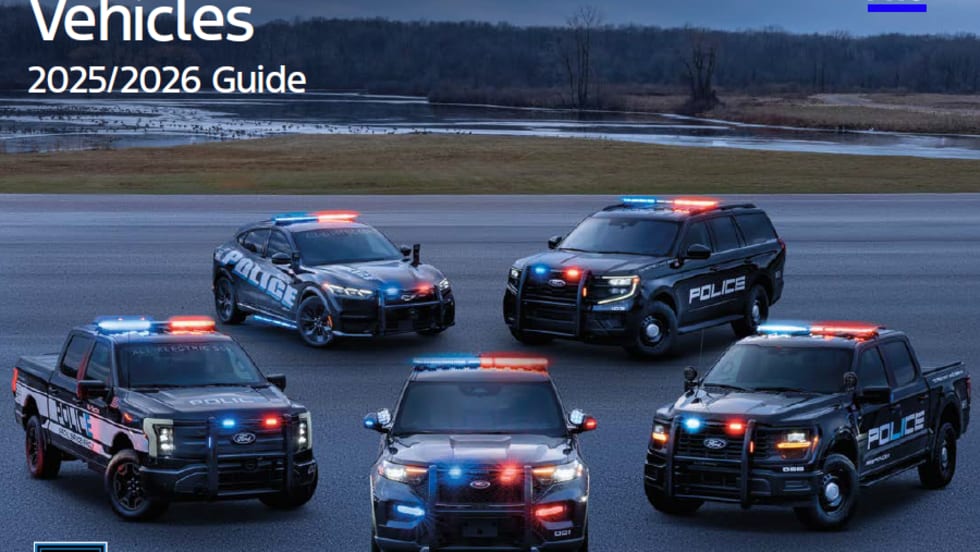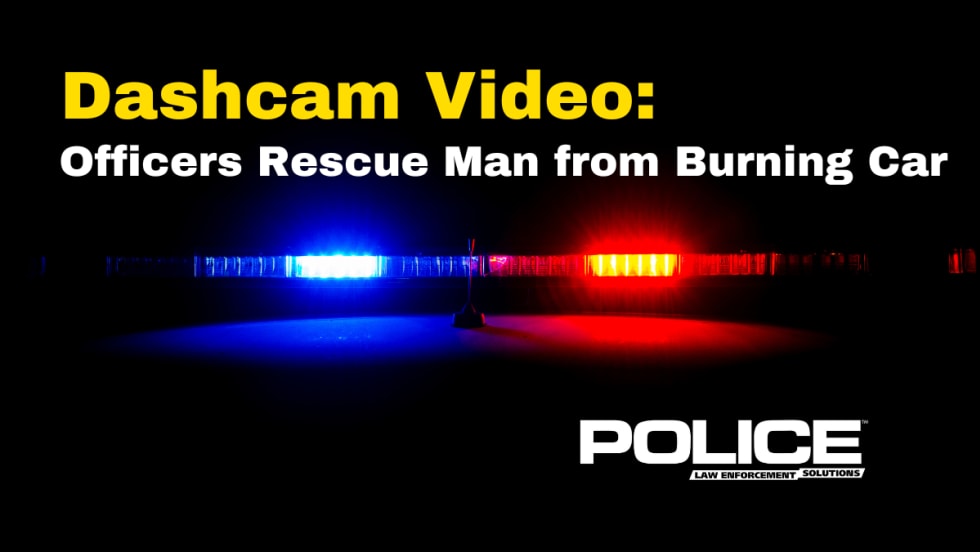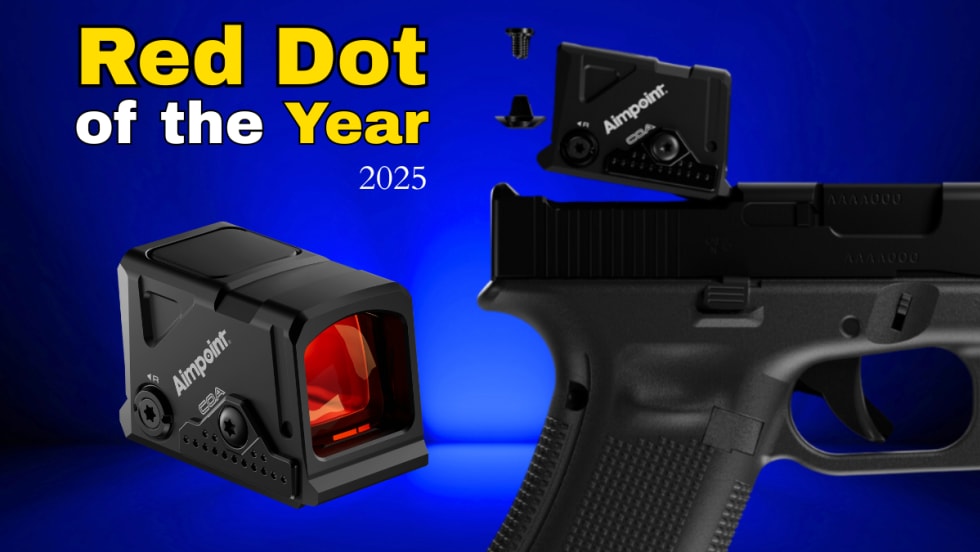However quick the containment, however conscientious the efforts of all involved, sometimes the bad guy gets away, even when you call in the dogs. At their worst, such outcomes result in recriminations from both patrol officers and K-9 handlers.
The K-9 handler will find fault with what he feels was a compromised containment. And the assisting officers will suspect a “compromised” K-9. Often, the fault lies with neither. Suspects sometimes get away and that doesn’t mean that a cop made a mistake or that a dog is useless.
The point here is that regardless of the outcome, you should be respectful of the K-9 team. They’re not on the scene for comic relief or to be scapegoats if the suspect gets away.
Augusta PD’s McCluskey, who’s enjoyed great success with Basco, a Belgian Malinois, bristles when he repeats the comments that have been made about service K-9s by some insensitive cops. “The most aggravating things cops do is judge dogs and their handlers. I hear officers say, ‘That dog is no good.’ ‘That dog couldn’t find its food dish.’ I hear that stuff all the time. But unless you are a handler, and have been for some time, you cannot make an assumption about what the quality of a dog or handler happens to be.”
Former K-9 handler Richard Rohrbaugh, who is now chief of the Fort Shawnee (Ohio) Police Department, echoes McCluskey’s analysis. And he adds that a pet peeve of K-9 handlers is uniformed officers who enjoy teasing the dogs and getting them riled up. “Here I am, trying to train the dog to discern between uniformed personnel and suspects and they’re provoking the dog.”
K-9 Units and Containment Tactics
It is important for responding officers to take the initiative in setting up a containment. The reason is simple. The officers involved in the foot pursuit are too busy and too winded to do it.
Ideally, the containment should be coordinated by the senior officer working the area. Failing that, an officer with an extended ETA should take up the slack by pulling over and using his map book in setting up a containment. And here’s a quick tip: Whether you’re working a familiar area or a new one, keeping a copy of an area map in your pocket can facilitate the establishment of a containment.
A quick preliminary containment can be effected with one two-officer car. One officer can be dropped off to monitor two streets while her partner drives to the opposite corner of the block to watch the other two streets.
Remember, no containment is perfect. There will always be problems. For example, a momentary lack of attention can result in a suspect running one more block than expected. This is why it’s a good idea to establish your perimeter a little farther out than you think is necessary. Constricting a search perimeter is easier than expanding one.
Veteran K-9 handlers say they can predict whether a search will be successful based on the radio discipline of the officers involved in setting the containment. “I can tell a lot by just the radio traffic as I’m rolling,” says Chad McCluskey, a K-9 handler with the Augusta (Kan.) Department of Public Safety. “If it is organized, a perimeter is set quickly and efficiently, and I have good troops on the outside, we will most likely do well. If it is not organized and everyone is yelling on the radio at the same time, I may as well stay at home.”
Once you’ve set up a perimeter, remember that a containment not only means keeping the suspect within an identified area, but keeping out looky lous, possible contaminants, and would-be accessories after the fact. This might require some initiative and the officers involved may have to get out of their cars.
Which may be a good thing. Suspects like to run behind patrol cars. And an officer in a car makes a stationary target. Think about parking your car, turning on all the lights, and stepping away from it.
If you’re going to deploy dogs, consider sending officers to contact local residents and ask them to secure their dogs in restrooms or garages. Not only does this make good risk management sense, but it can actually speed up the search process by taking distractions and hazards out of the path of the police dogs.
Some veteran criminals will attempt to outrun whatever containment you set up. Fortunately, most suspects aren’t that smart. They just get out of sight and try to hide. “Most of the time I’ve found the bad guys hiding in a garage, a storage shed, or a vacant house,” says Jim Sanfilippo, a K-9 handler with the Milwaukee Police Department. “Some of my best K-9 physical apprehensions were within two blocks of the crime scene.”
Richard Rohrbaugh, chief of the Fort Shawnee Police Department, worked with two German shepherds early in his career. “The thing that amazed me was that 90 percent of the time, we’d find ourselves tracking in a horseshoe configuration, almost in a circle. Which makes sense because a lot of the time the suspect was trying to work his way back to the area where he parked his car.”



